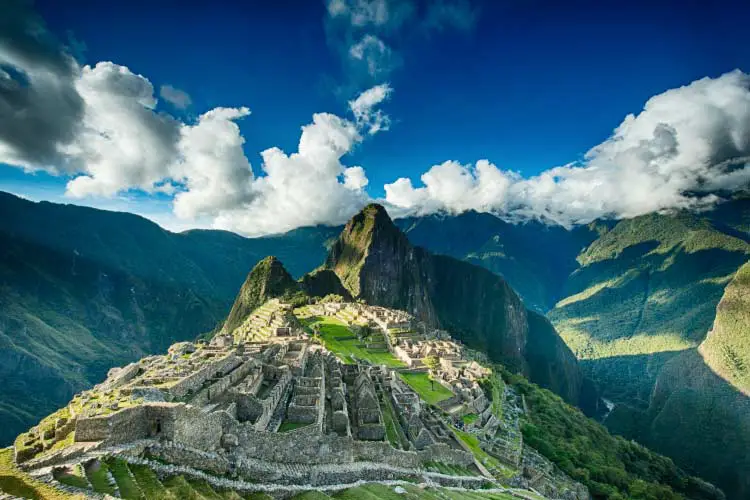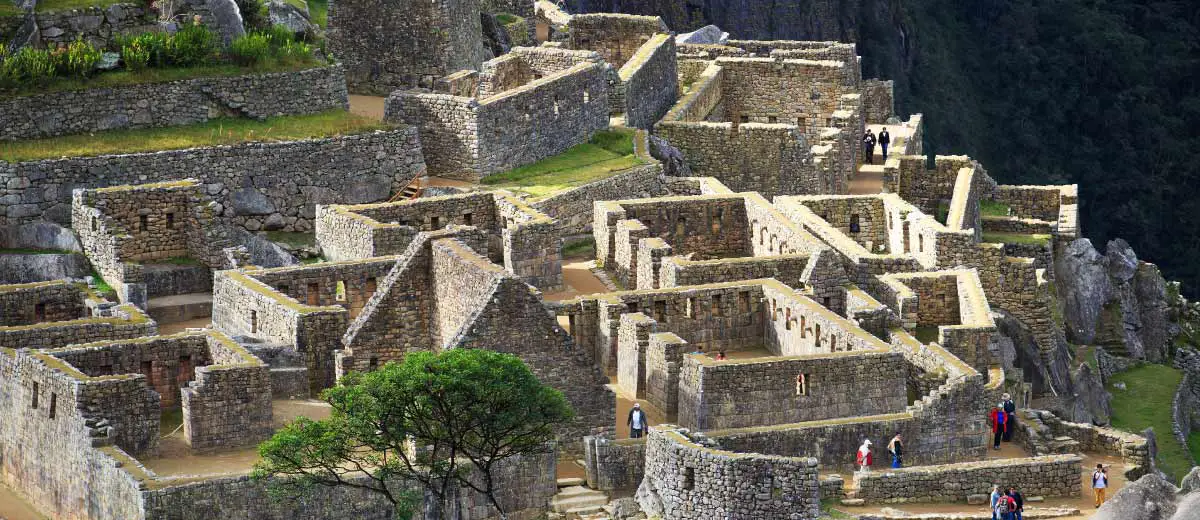Take a Trek to The Incan Citadel – Machu Picchu
Machu Picchu in Peru stands majestically at over 7,000 feet on the Andean Mountain Range, with the Urabamba Valley at its foothills. This UNESCO World Heritage Site is one of the famous symbols from the 15th century Inca Empire and was discovered by archaeologist Hiram Bingham in 1911. If there is one place you’ve heard of in South America, Machu Picchu is most likely it.
Filled with ancient pathways made from interlinking stones that have stood the test of time, adventurous travellers who make the trek marvel at the scenic terraces, enormous walls and intimidating ramps that appear on the slopes of the mountain. It is believed the Incas used Machu Picchu as a spiritual retreat for the royals and nobles of their civilization. This mystical site remains largely intact today, missed by the Spanish invaders, who captured and plundered several of the Inca Empire’s architectural wonders in the nearby cities. The Lost City is estimated to have survived for about 100 years before it was mysteriously abandoned.
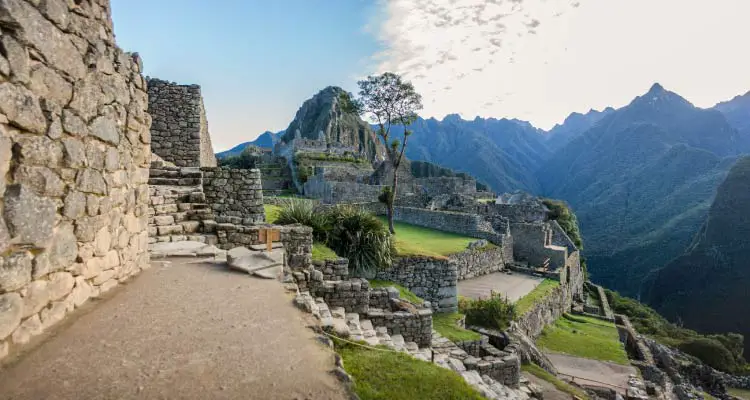
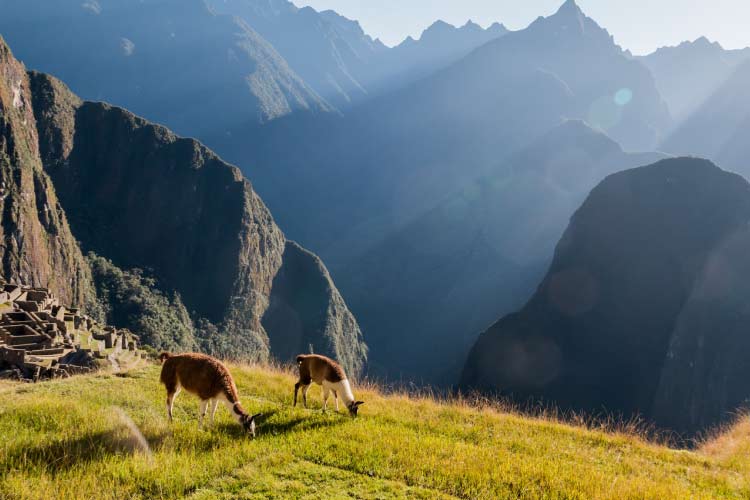
A tribute to the architectural prowess of the Incas, the rocks used to build the structure weigh over 50 tons and were moved across the valley and up the slope. They remain standing without any mortar to hold them together and were sculpted to fit seamlessly, much like the stones used to build the Great Pyramid of Giza in Egypt.
A truly breathtaking sight, clouds rise as if by magic to reveal the ancient temples, storage rooms, palaces, baths and houses, showcasing the splendour of this ancient civilization. The beautiful ruins of Machu Picchu are invisible from the plains on the approach, so take time to admire the terraces that were used to cultivate crops that feed the inhabitants and the natural springs that were guided through ducts for irrigation.
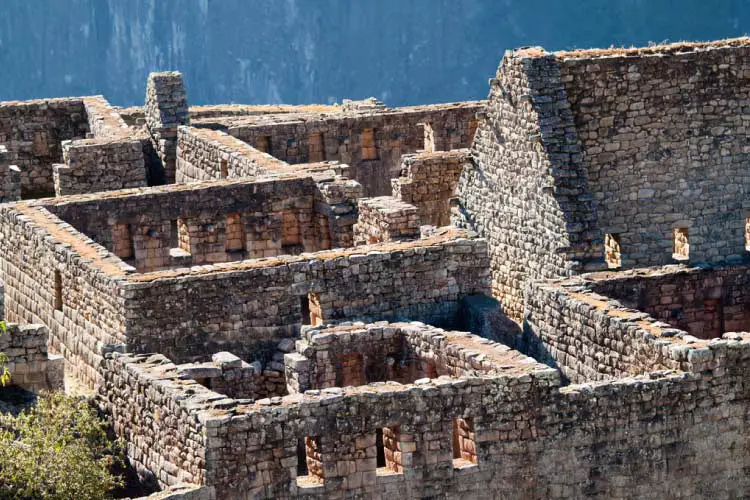
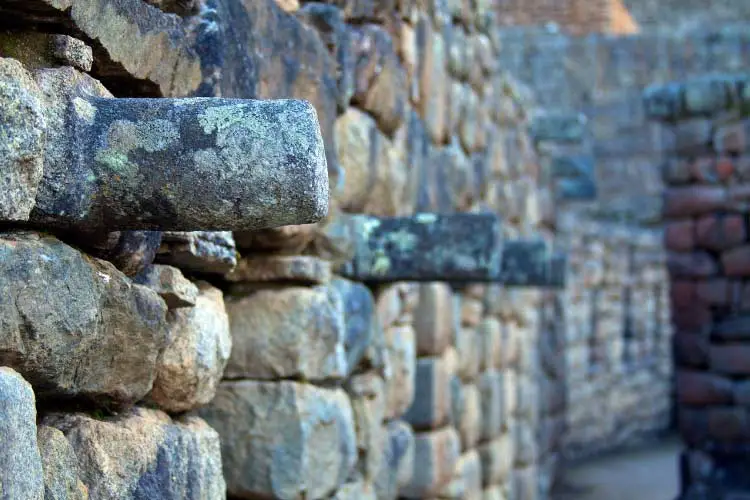
Local legends claim this site was used as an astronomical observatory, the formidable Intihuatana Stone strategically placed to worship the two equinoxes on March 21st and September 21st; at that point in time, the sun is positioned almost directly above the pillar and casts no shadow. It is believed that the Incas held spiritual ceremonies during this celestial event. The numerous skeletons of young females found at this site are a testimony to the local myth of virgin sacrifices, a terrifying reality of 15th century Incan culture.
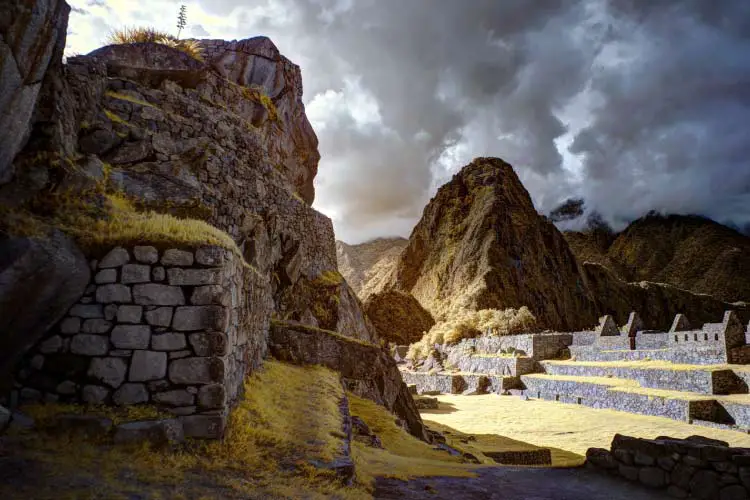
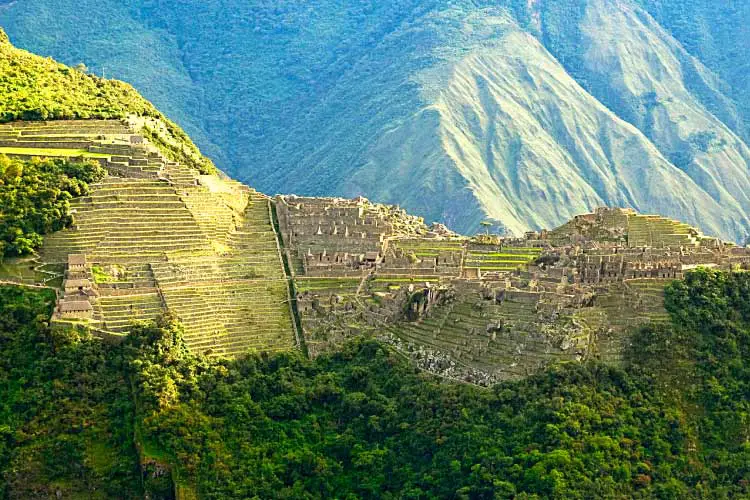
The priests and priestesses of Machu Picchu were revered and lived at the top of the city, enjoying the scenery of this magical location while the farmers and teachers lived in the lower levels. The Temple of the Sun is positioned at the highest point of this ancient city, with only the Inca and resident priest attending ceremonies there while the rest of the village worshiped in the town square. Trek along the back of the ruins to the Sun Gate, the panoramic view of the ruins with the mountains resting in the background is well worth the strenuous one hour trek to the top of the slope.
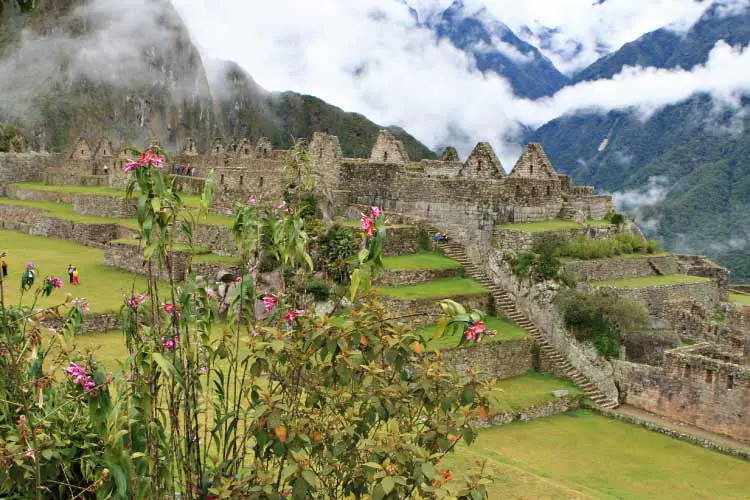
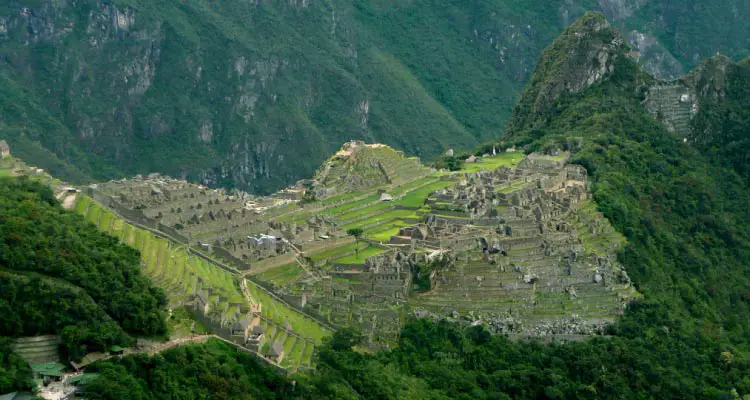
It is recommended to reach Machu Picchu early to enjoy the spectacular sunrise. The Inca Trail is a two day trek for the adventurous from the town of Ollantaytambo. While others, depending on the budget, can take either a bus or the luxurious train trip and save their energy to explore the ruins of this magical site, considered to be a spiritual paradise by the Inca civilization.
